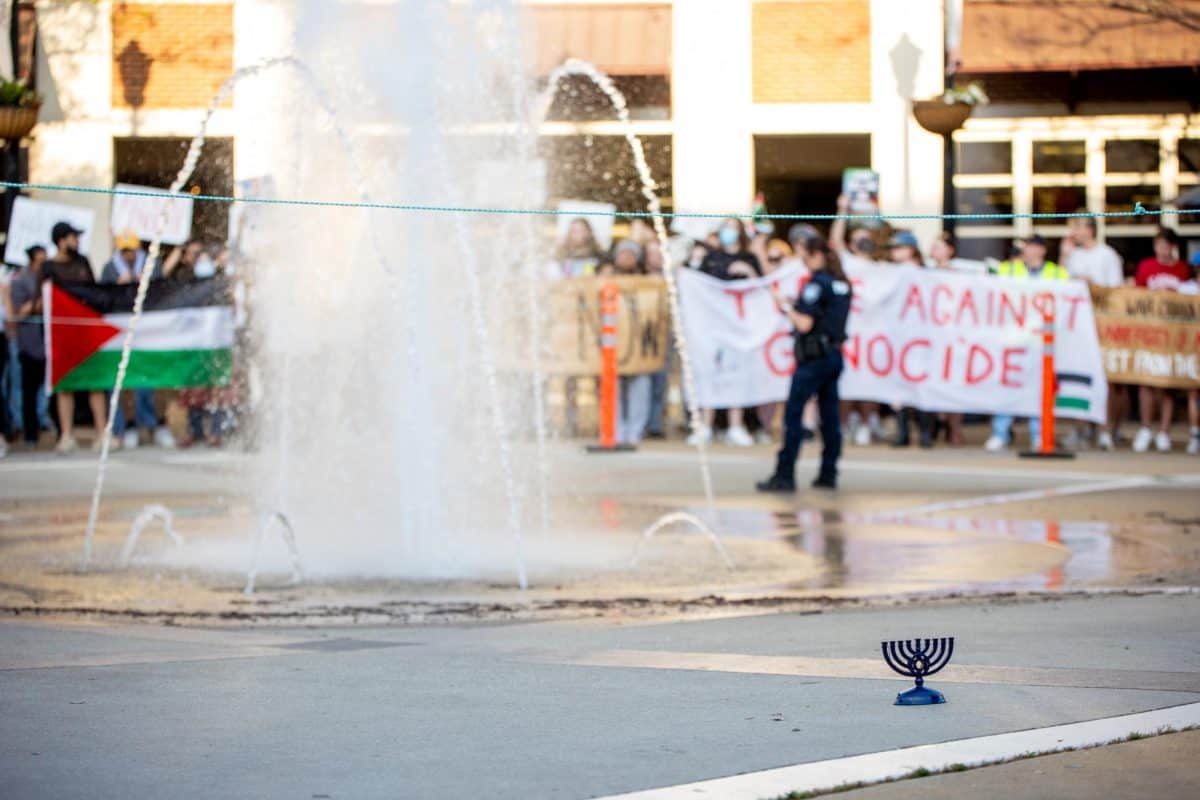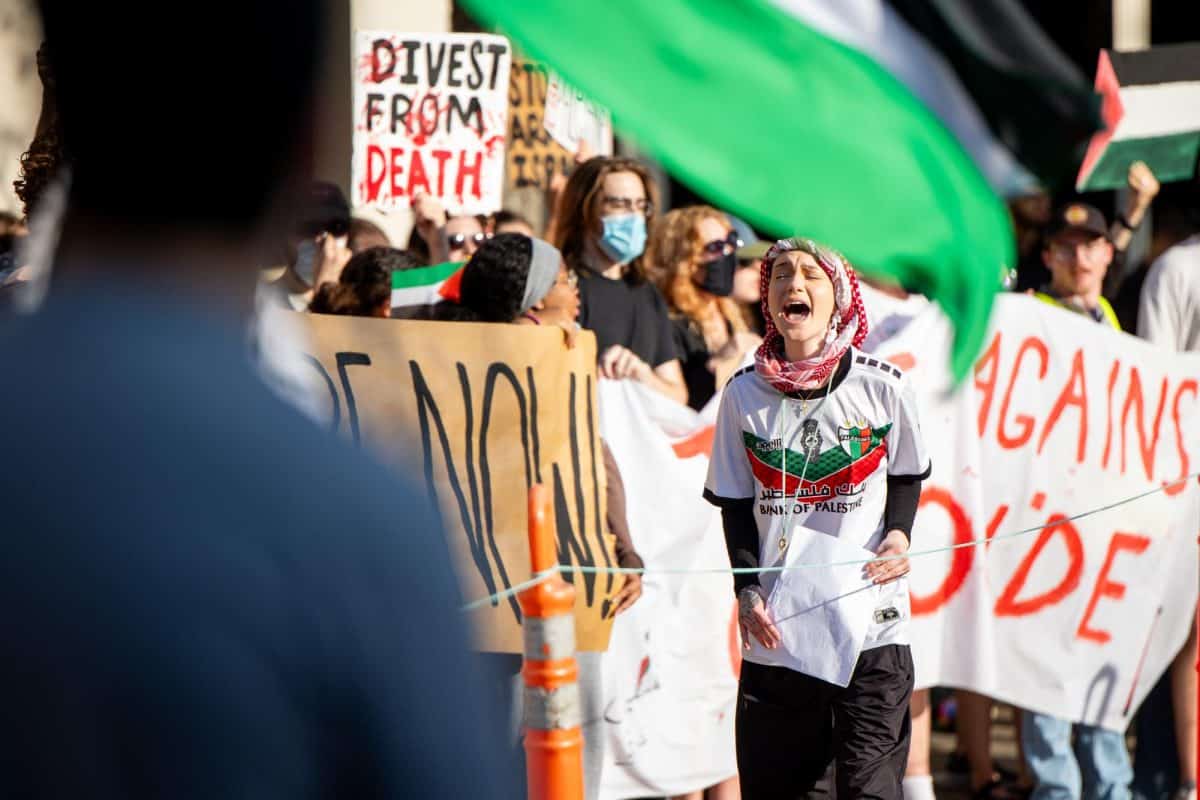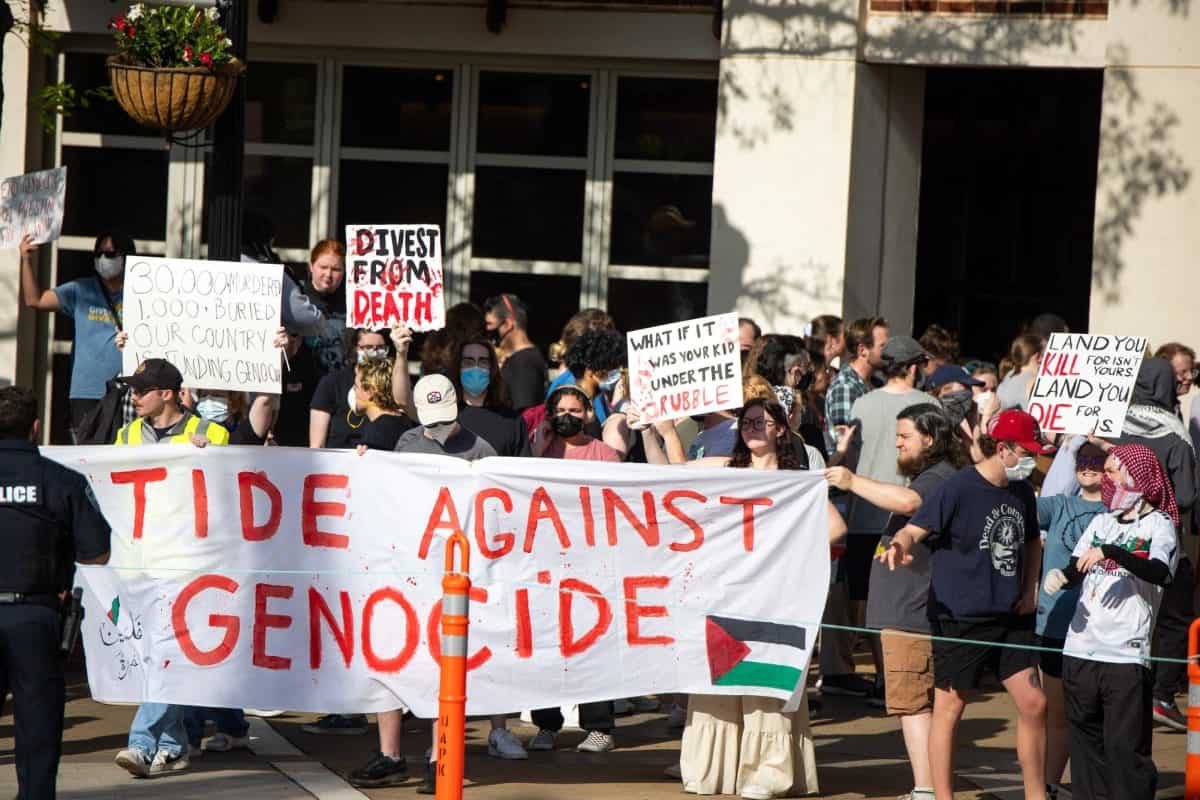By William Barshop and Rachel Brown | CW Staff
On Christmas Eve, a young woman’s parents gave their daughter a trash bag of her clothes and told her she wasn’t welcome in their house anymore. She called a social worker to share what happened. Her parents had discovered she is a lesbian.
Sarah Young, a graduate student involved in The University of Alabama Safe Zone, said this is not the only story of a LGBTQ student becoming homeless that she has encountered. While about 1 in 10 people identify as LGBTQ, they make up around 25 percent of homeless people in America, Young said.
“I think being on a college campus wipes away a lot of homelessness,” Young said. “If you’re a queer youth, you’ve come to UA and you’ve had an affirming experience, what happens to you during winter break? What happens to you during the summer? … Where do they go? They’ve been told they’re not welcome back home.”
This November is National Homeless Youth Awareness Month, and Kaylyn Johnson, president of Spectrum, the University’s LGBTQ student organization, said the issue is especially important to people who identify as LGBTQ.
“You might not always have a choice of when you come out to your parents,” Johnson said. “And the huge risk with non-accepting parents is being kicked out of your home.”
Student Affairs staff member Kirk Walter said LGBTQ students have come to him expressing their concern for this issue, and even when they aren’t afraid of losing their homes, the pressure of keeping their identity a secret affects their ability to perform in school.
“Parent financial support is what’s allowing them to come to the University, and the fear of coming out and the termination of that support would leave them without a place to stay,” Walter said. “I can’t imagine that level of fear and anxiety would do anything but translate into stress in other portions of a student’s life.”
Another trend that makes homelessness a more present threat to LGBTQ youths is that some shelters turn away LGBTQ people, Johnson said. She said some shelters designated for women will turn away transgender women if they are open about their biological sex or given gender.
“Even the systems we have to help out with the problem of homeless youth are not always inclusive,” Johnson said. “And when a shelter is tied to a religious organization, it can become an issue if that religion is not LGBTQ+-affirming.”
Spectrum member Spencer Cornelius, a sophomore majoring in communication studies, said transgender individuals may not seek out help from a shelter because of a history of sexual assault. Young said some shelters have a problem with gay men and lesbians because they worry about keeping them in single-sex sleeping quarters.
“Gay and lesbian youth especially are singled out,” Young said. “I don’t want to paint homeless shelters with a broad brush. I know there are staff members who are culturally competent, but these stories are not uncommon, to feel out of place.”
Young said some religious groups on campus are supportive of LGBTQ students, but she’s seen a lot of intolerance in faith-based organizations.
One organization Johnson noted as exemplary is Lost-N-Found in Atlanta, Ga., a nonprofit agency that specifically aims to take LGBTQ youth off the streets. Cornelius said these kinds of shelters are very difficult to put into action but are essential to keeping LGBTQ students safe and in school.
Johnson said while tolerance of LGBTQ people is an important step, there are more immediate measures that can be taken to prevent them from becoming homeless.
“If you tolerate someone, essentially you accept that they exist,” Johnson said. “But that says nothing about whether or not you believe they should be offered the same protection, the same rights, the same services.”
Johnson said if homeless youth programs made explicit policies that affirm LGBTQ individuals, those young people would feel safer going to them for help.
Young said taking the training to become a Safe Zone ally can reduce the harassment of LGBTQ students and make tolerance more present on the UA campus.
“Being an ally means raising issues of disparity,” Young said. “Having extended housing options for people, keeping young people engaged because it might be incredibly isolating and painful not having a place to stay when the University closes down its dorms.”
The woman who was turned away by her family on Christmas Eve is still not in contact with her parents, Young said, but she found a place to stay with her partner, whose parents were more supportive.
“It’s easy to ignore the stories, narratives, hardships that we don’t see right away,” Young said. “Just educating yourself is one of the best ways to become an ally, and admitting you’re going to make mistakes but keep learning.”






